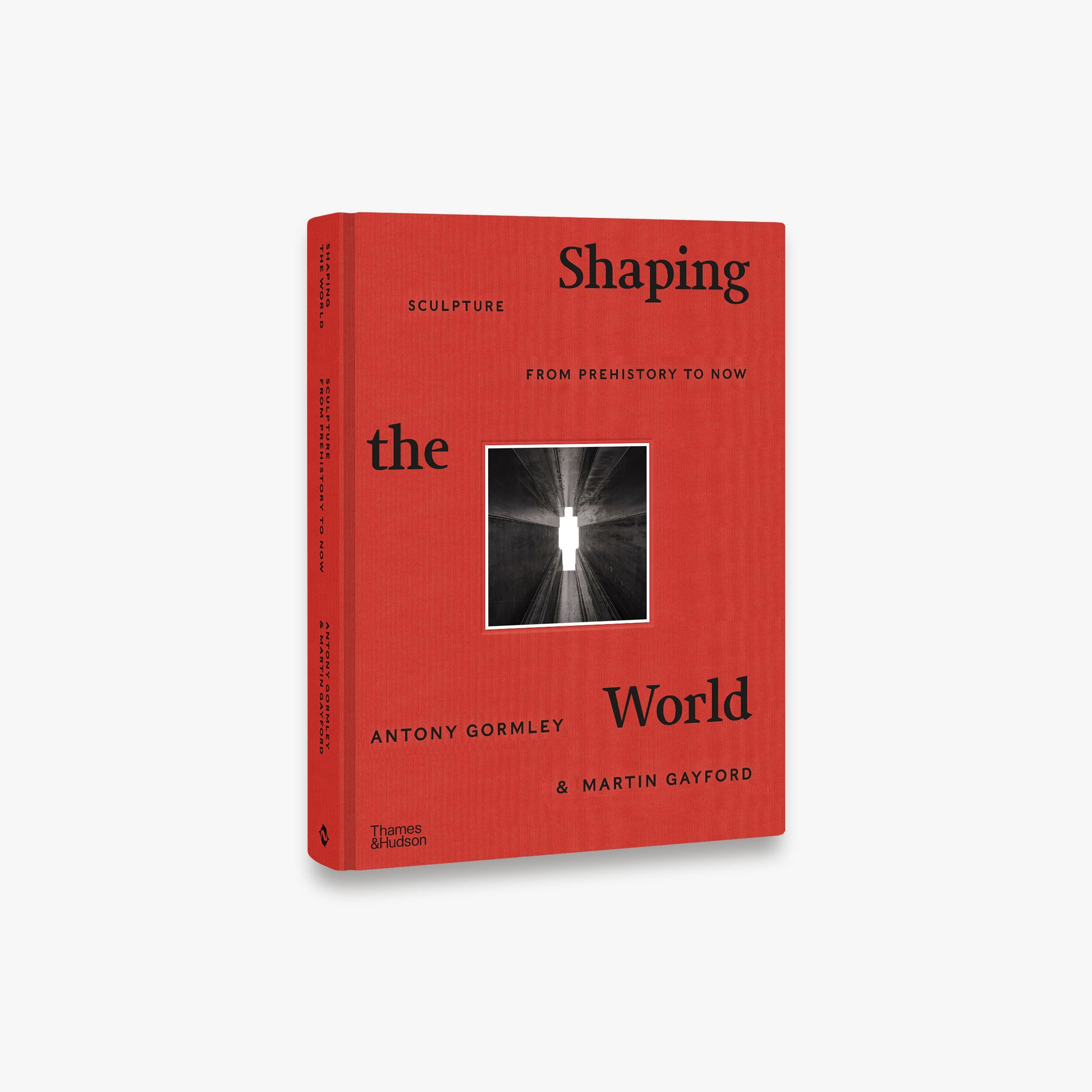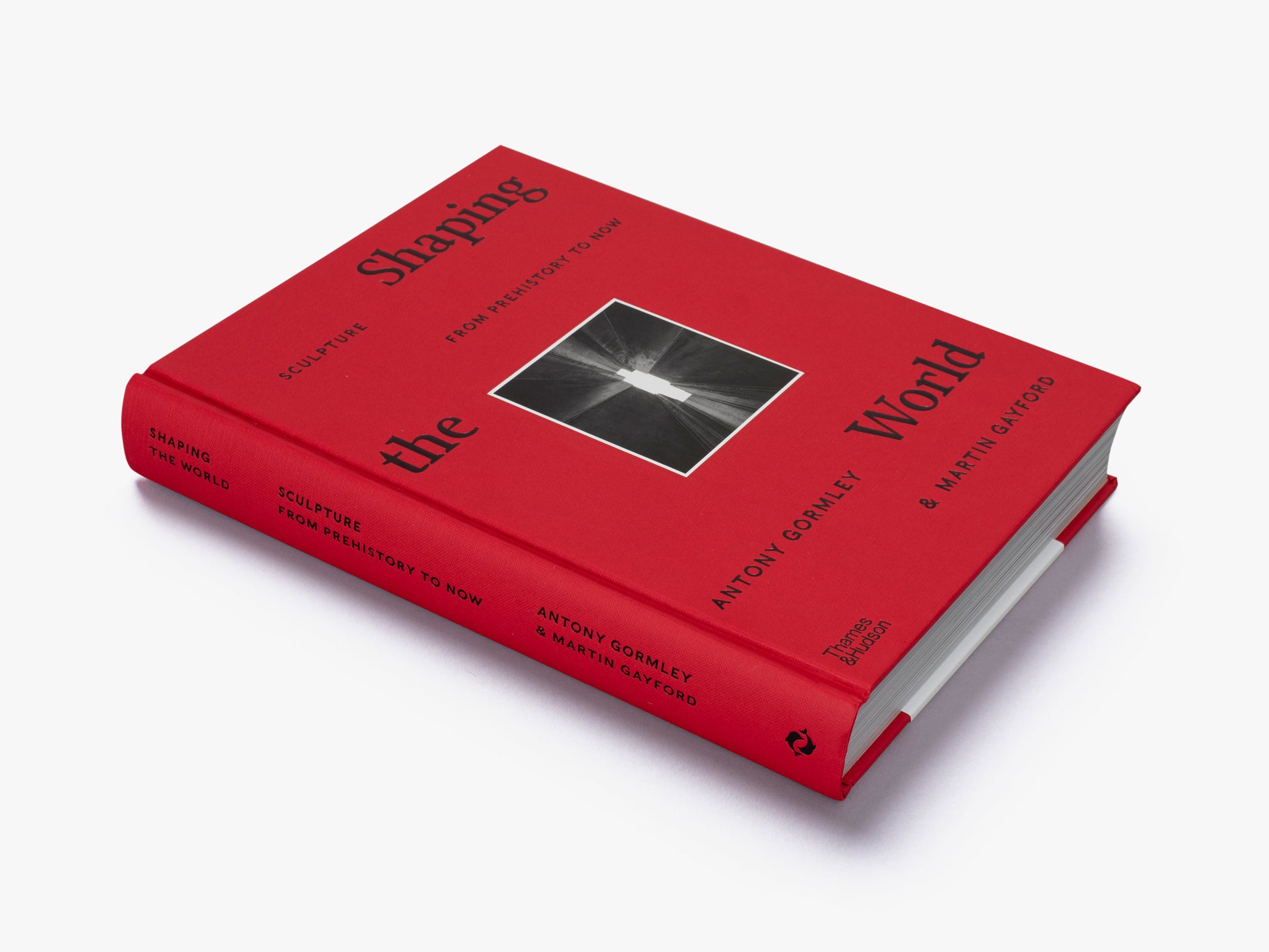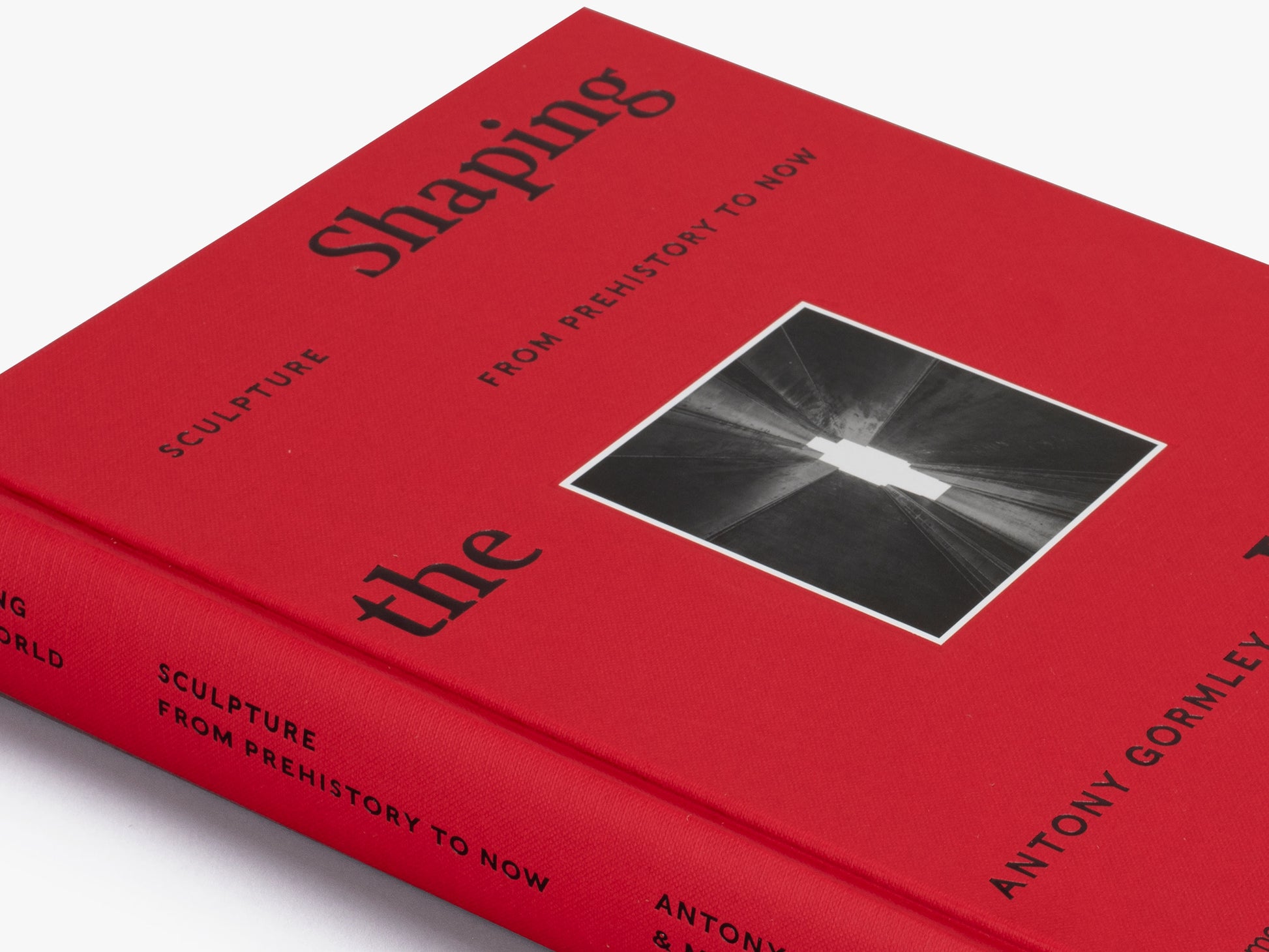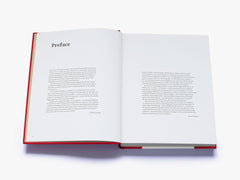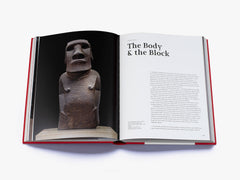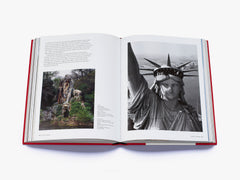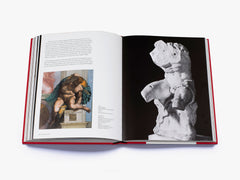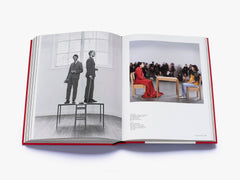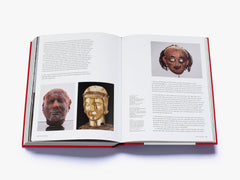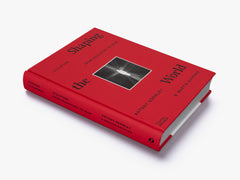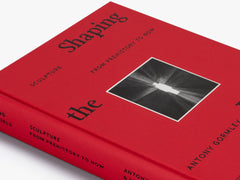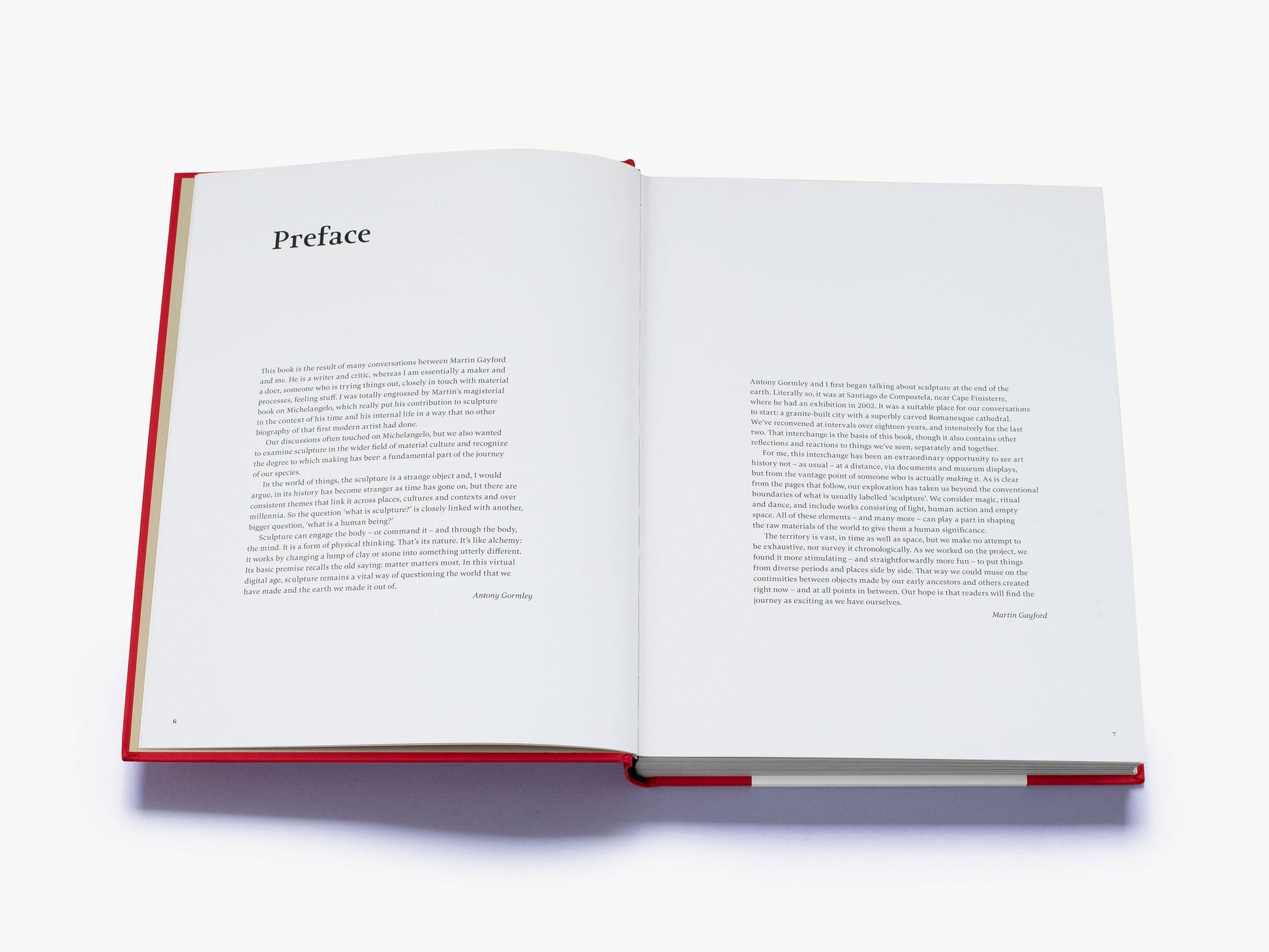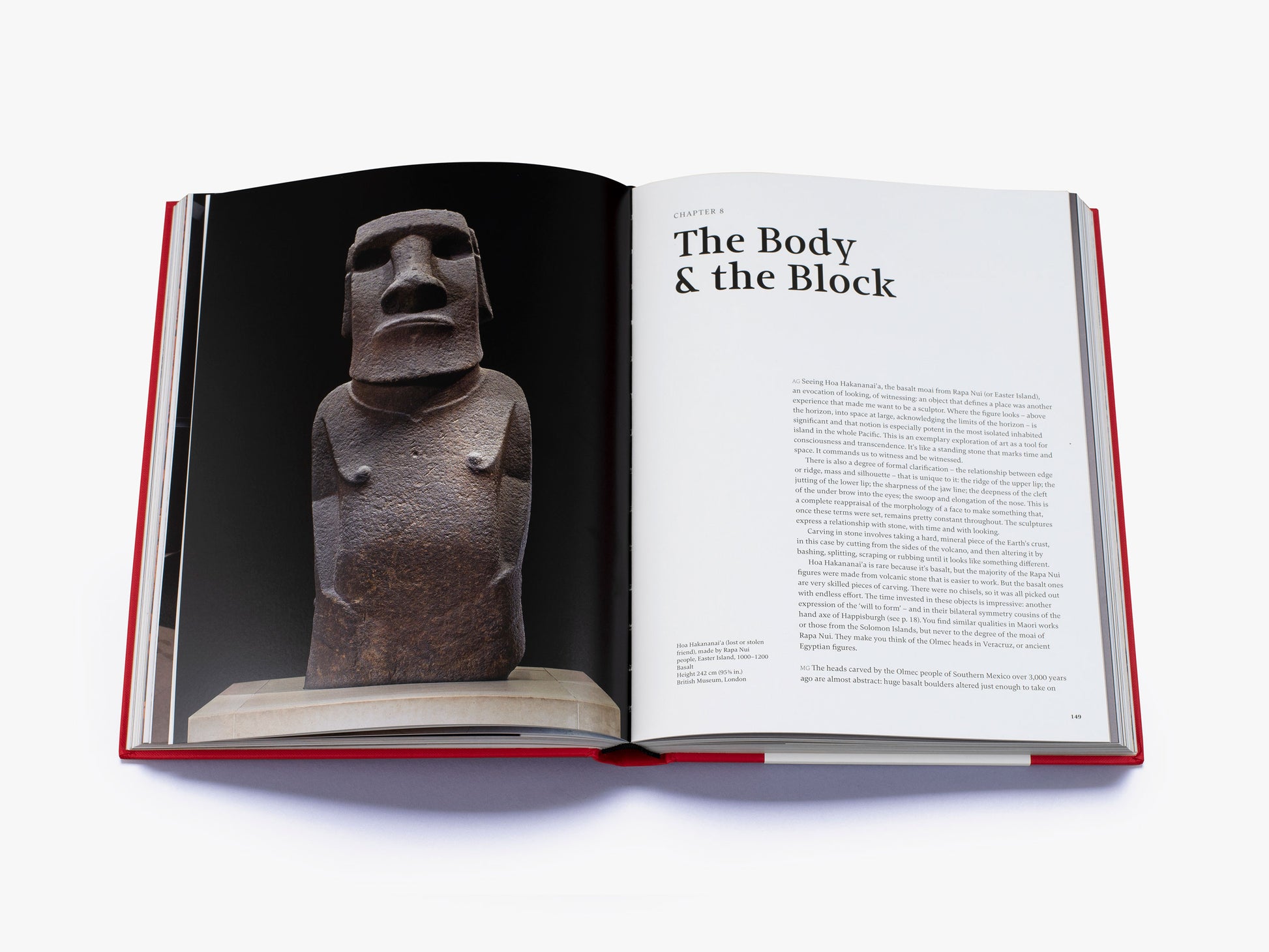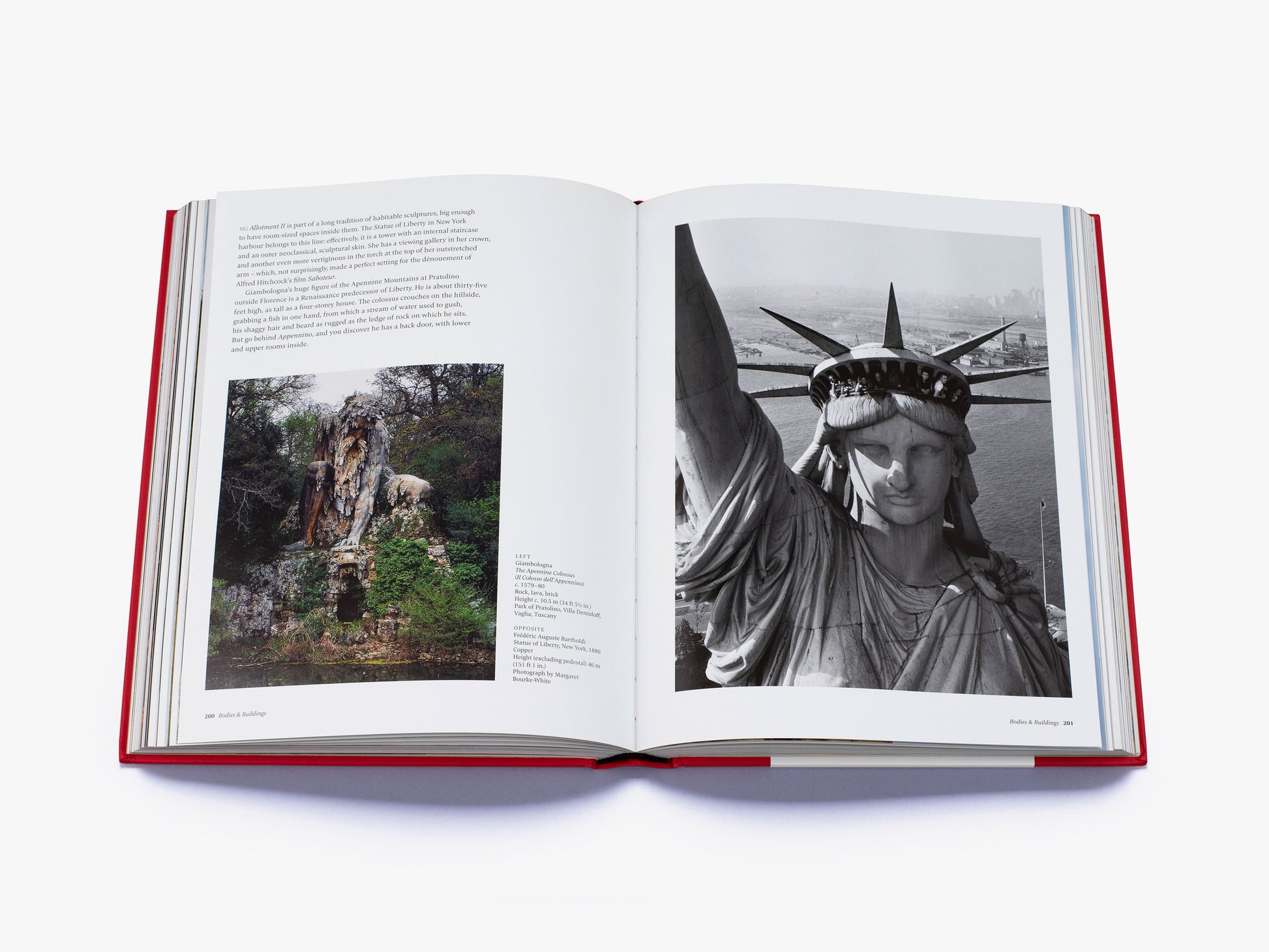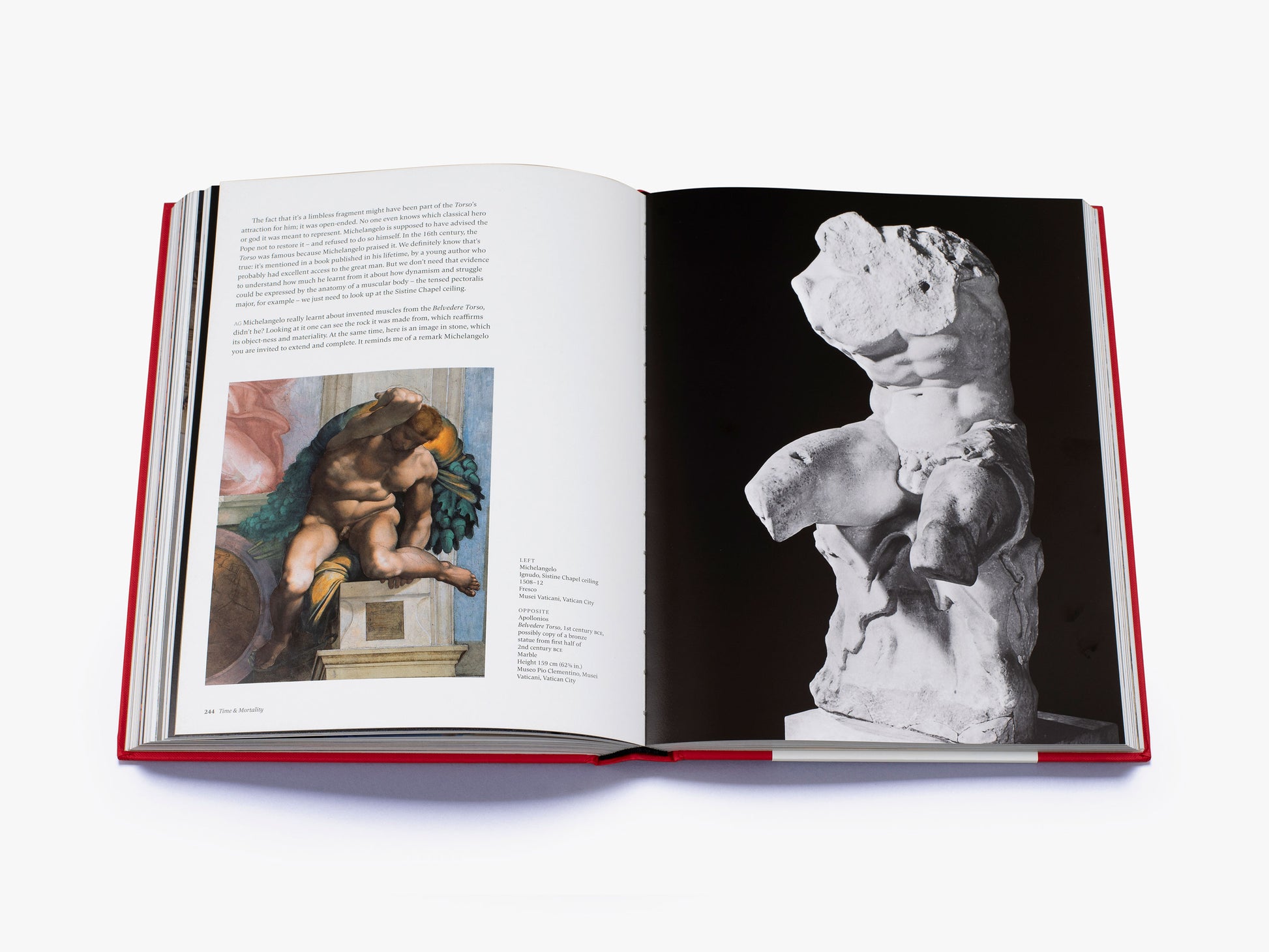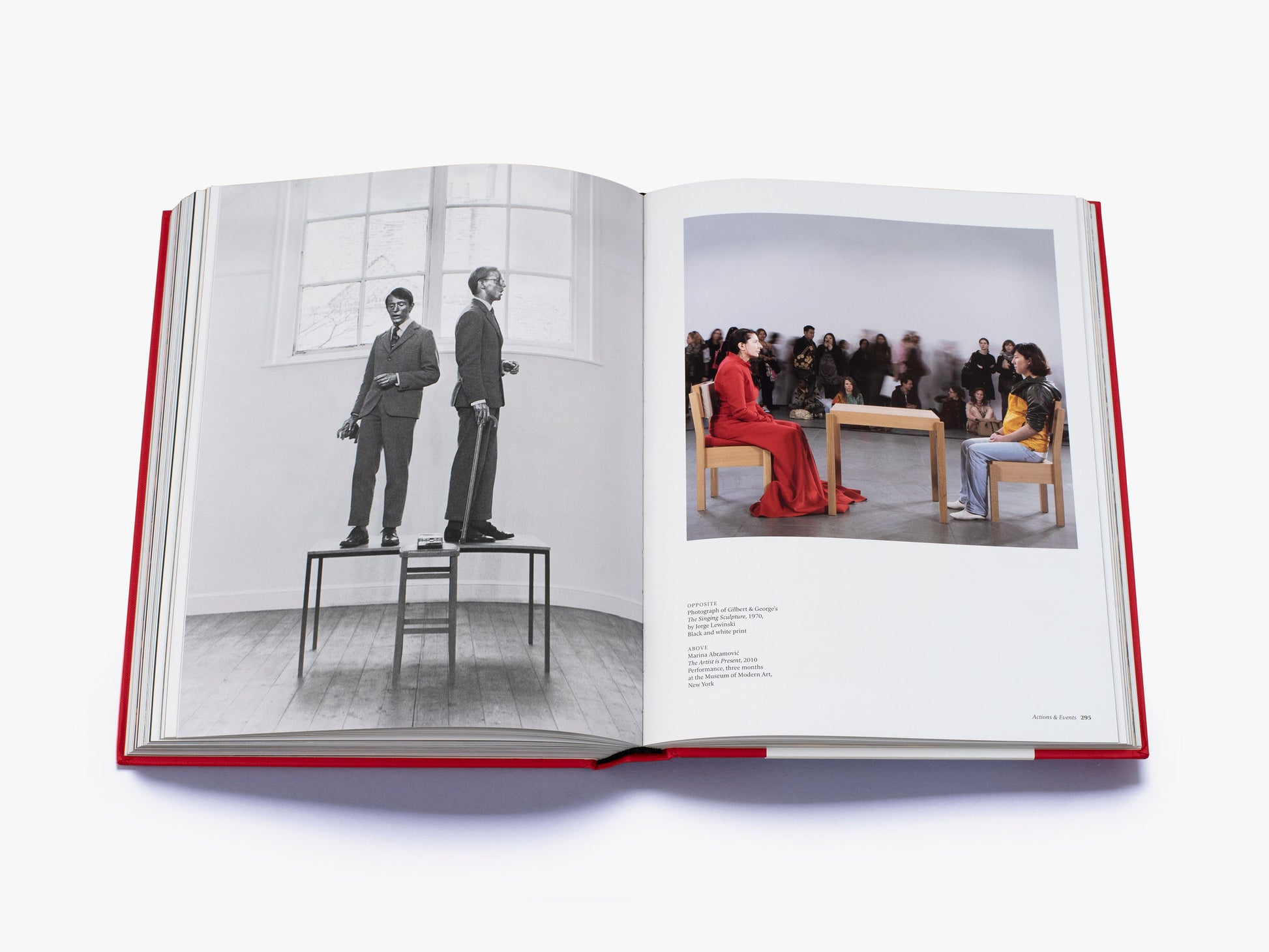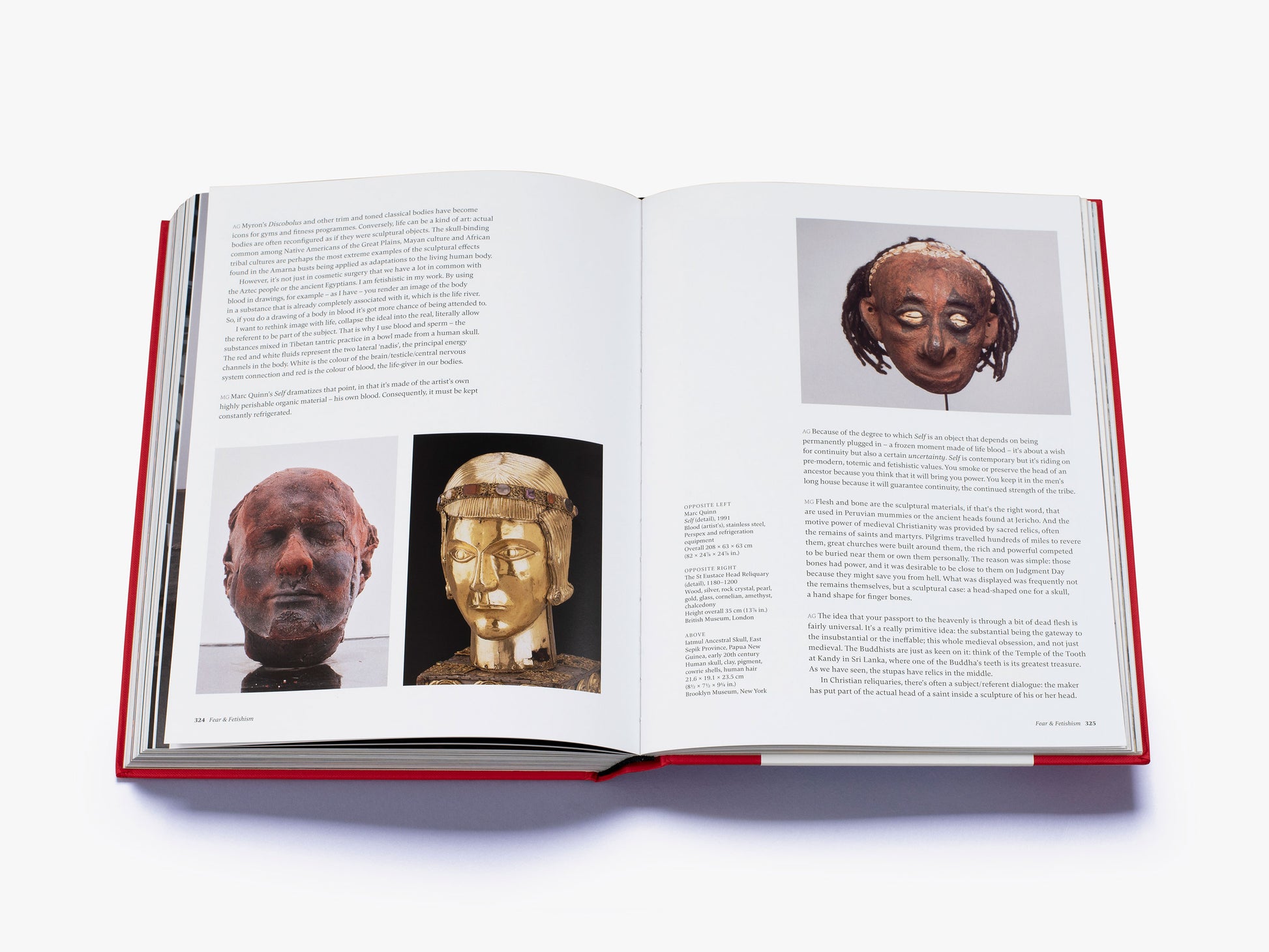In this wide-ranging book, two complementary voices – one belonging to an artist who looks to Asian and Buddhist traditions as much as to Western sculptural history, the other to a critic and historian – consider how sculpture has been central to the evolution of our potential for thinking and feeling. Sculpture cannot be seen in isolation as an aesthetic pursuit; it is related to humankind’s compelling urge to make its mark on the landscape, to build, make pictures, practise religion and develop philosophical thought.
Drawing on examples from thousands of years BCE to now, and from around the globe, the authors treat sculpture as a transnational art form with its own compelling history. They take into account materials and techniques, and consider overarching themes such as space, light and darkness. Above all, they discuss their view of sculpture as a form of physical thinking capable of altering the way people feel and of inviting them to look at sculpture they encounter and more broadly the world around them in a completely different way.
Press Reviews
Sunday Times
Financial Times
artbookreview.com
Carlo Rovelli, physicist and author of 'There Are Places in the World Where Rules Are Less Important'
Sir Antony Gormley is a distinguished British artist and sculptor perhaps best known for his huge Angel of the North in Gateshead. He won the Turner Prize in 1994 and has been a Royal Academician since 2003. Gormley is one of the most critically respected artists working internationally, with works that have universal resonance. Martin Gayford is art critic for The Spectator and the author of acclaimed books on Van Gogh, Constable and Michelangelo. He is the author of Man with a Blue Scarf, Rendez-vous with Art and A Bigger Message. He has collaborated with David Hockney on A Bigger Message: Conversations with David Hockney and A History of Pictures, and has co-written a volume of travels and conversations with Philippe de Montebello: Rendez-vous with Art.
You May Also Like
View more- Choosing a selection results in a full page refresh.


